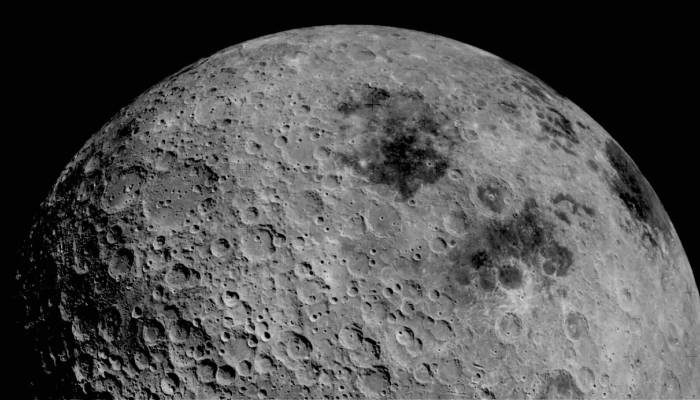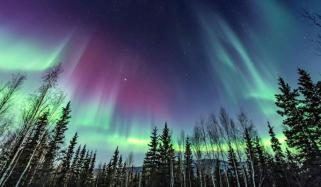
The US and Chinese researchers have recently made a shocking revelation about the Moon’s mysterious far side.
The study published in the Nature and Science journals revealed that volcanoes erupted on the Moon’s far side billions of years ago.
An analysis of samples collected by a Chinese mission found that these samples revealed basalt fragments, formed from volcanic eruptions that are over 4.2 billion years old.
The rock and dust samples were collected by the Chang’e-6 spacecraft from the far side of the Moon for the first time after a nearly two-month mission full of risks.
Researchers, led by experts from the Chinese Academy of Sciences used radiometric dating to determine the age of the volcanic rock.
The analysis also revealed a surprisingly young eruption that occurred about 2.83 billion years ago, a phenomenon not seen on the near side of the Moon.
Professor Qiuli Li from the Institute of Geology and Geophysics wrote in a detailed peer review, "This is an incredibly exciting study. It is the first geochronology study to come from the Chang’e-6 samples, and will be of immense importance to the lunar and planetary science community."
It is pertinent to note that although it is commonly known as the “dark side,” this area of the Moon gets ample sunlight.















